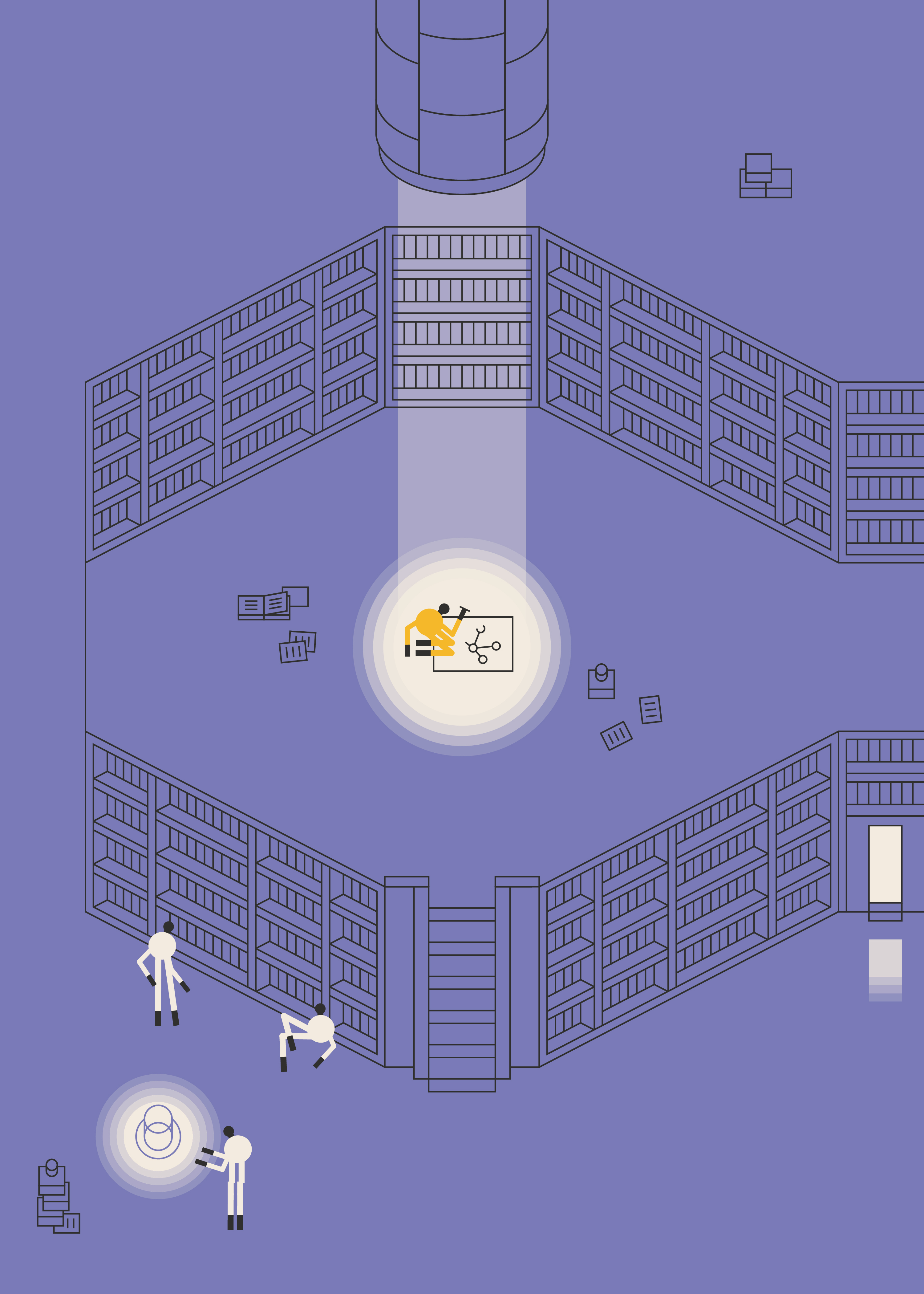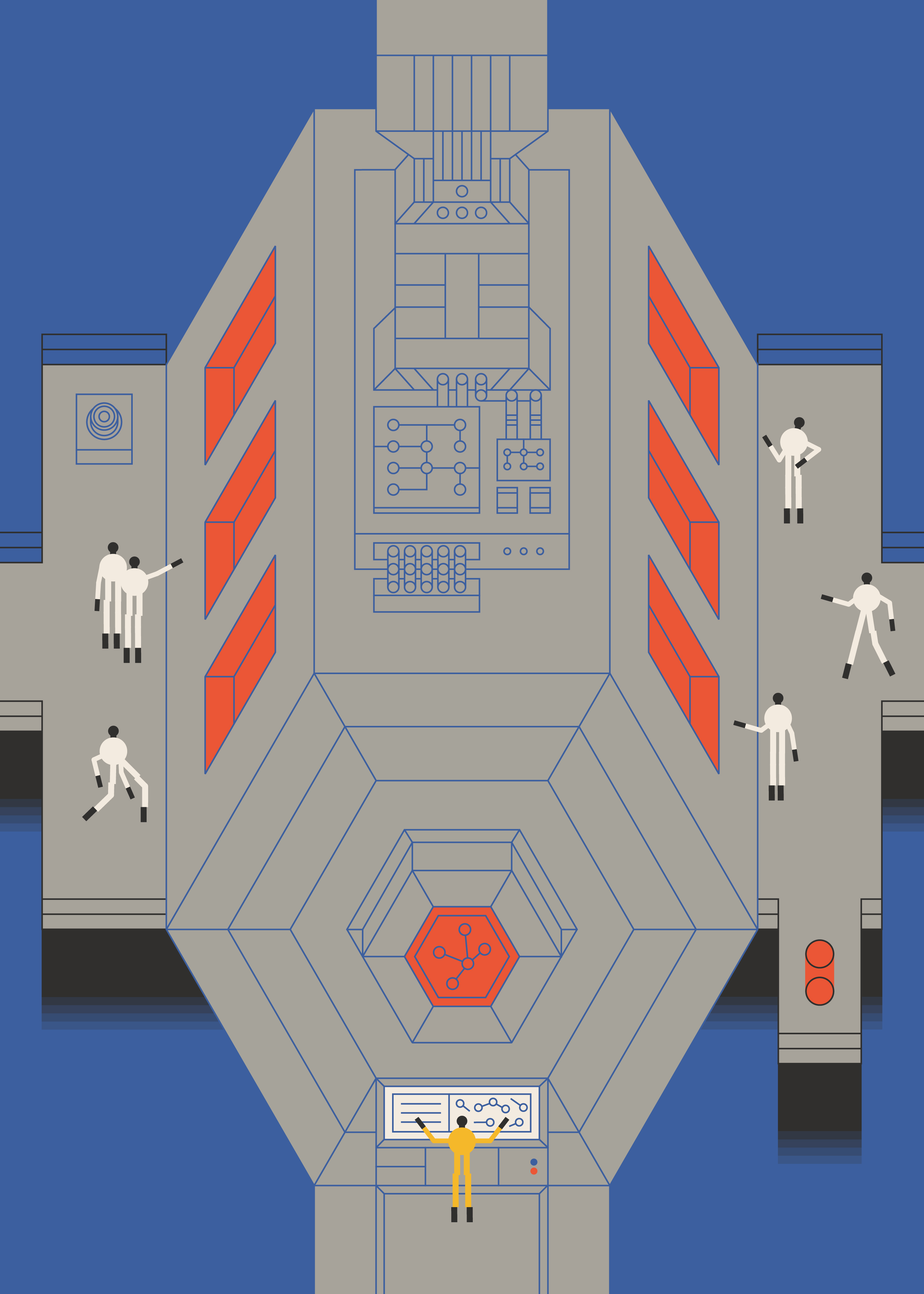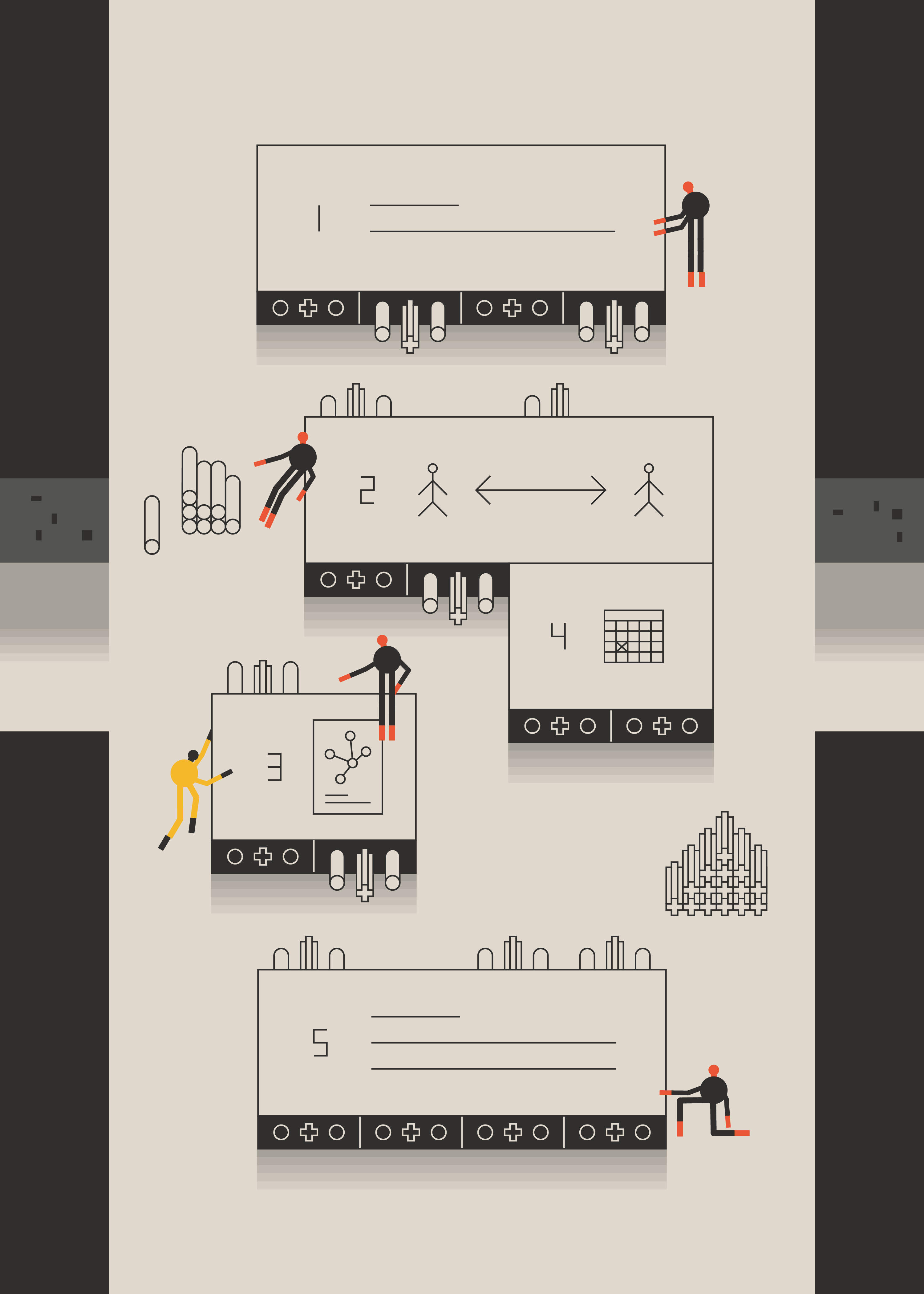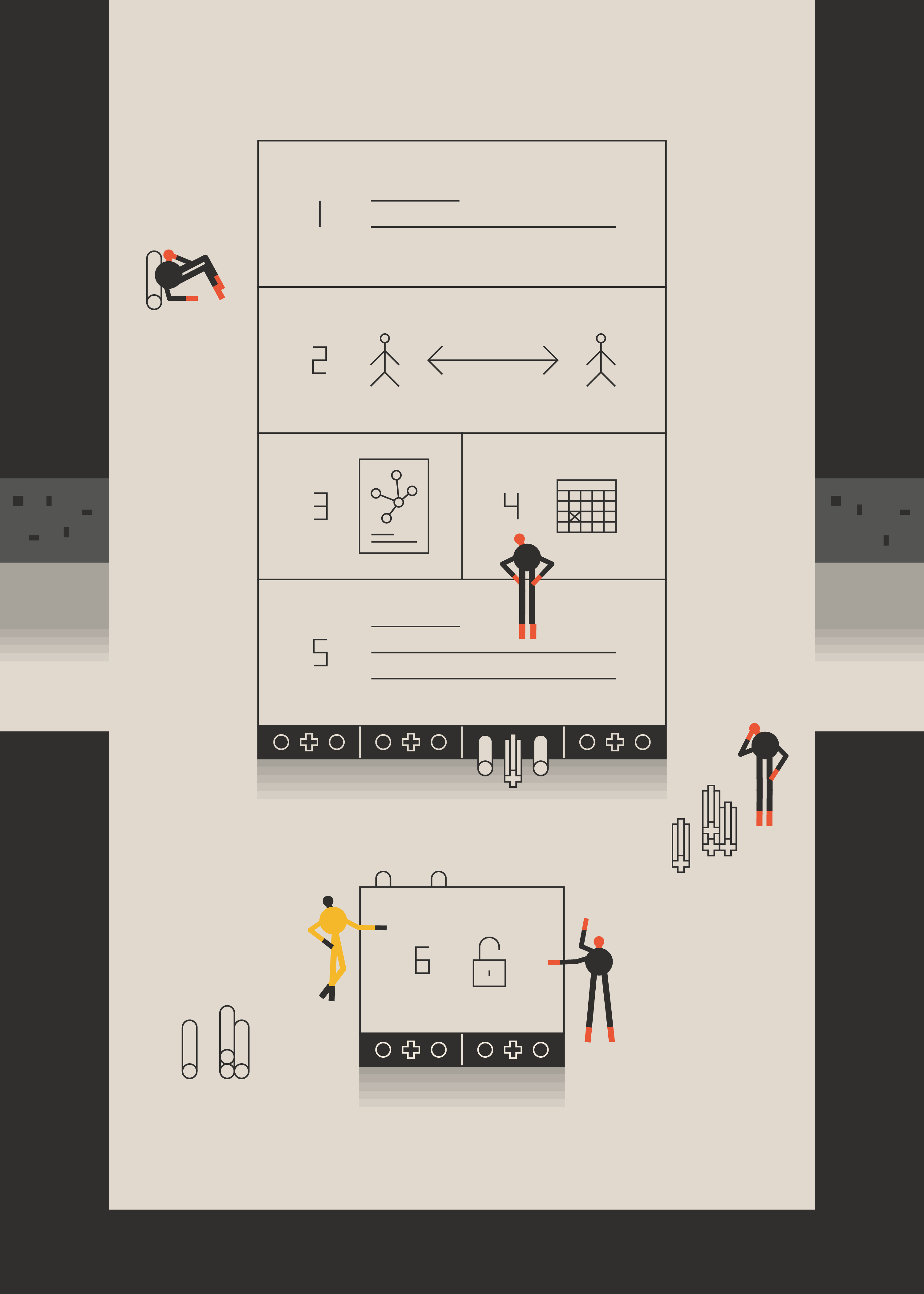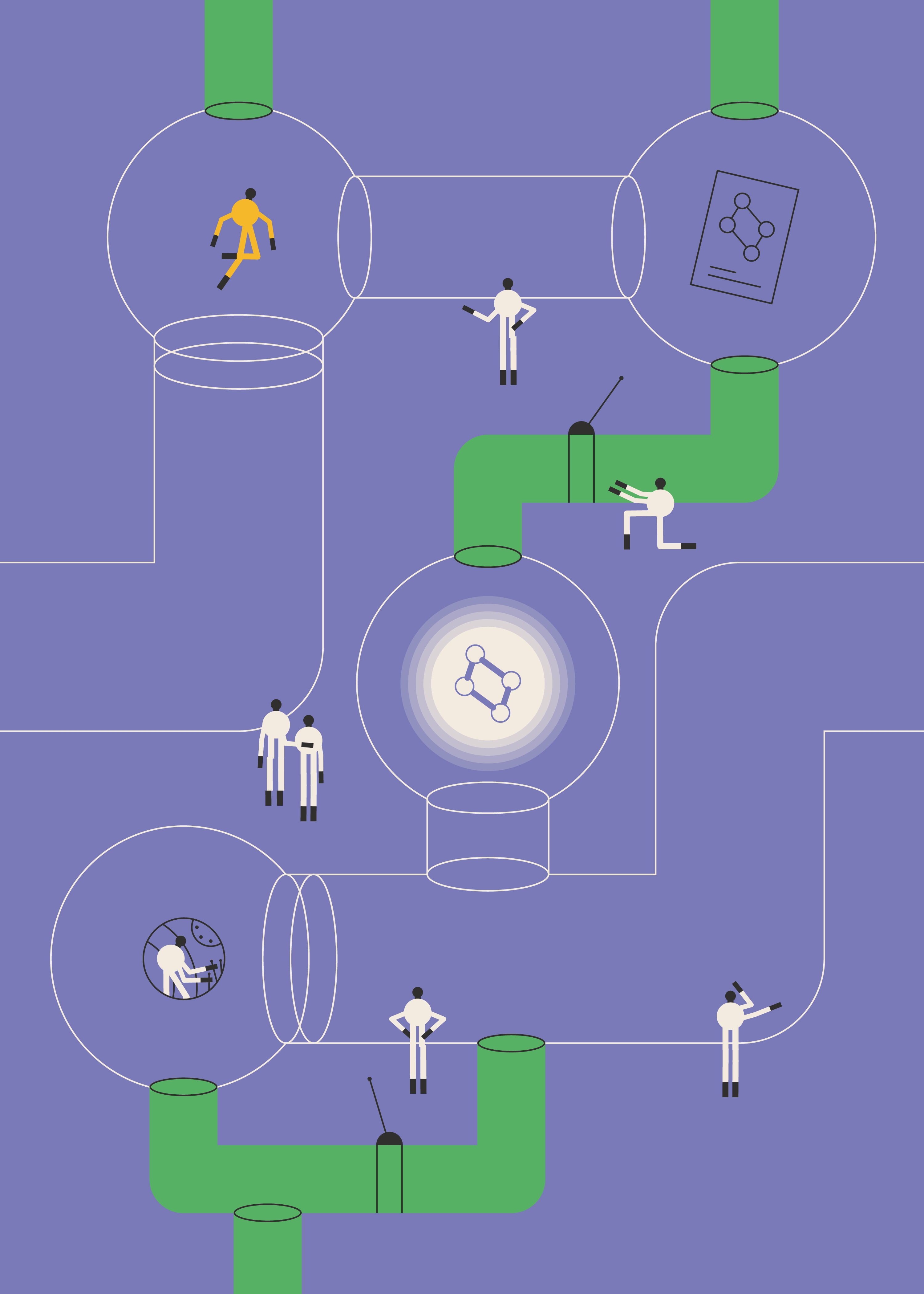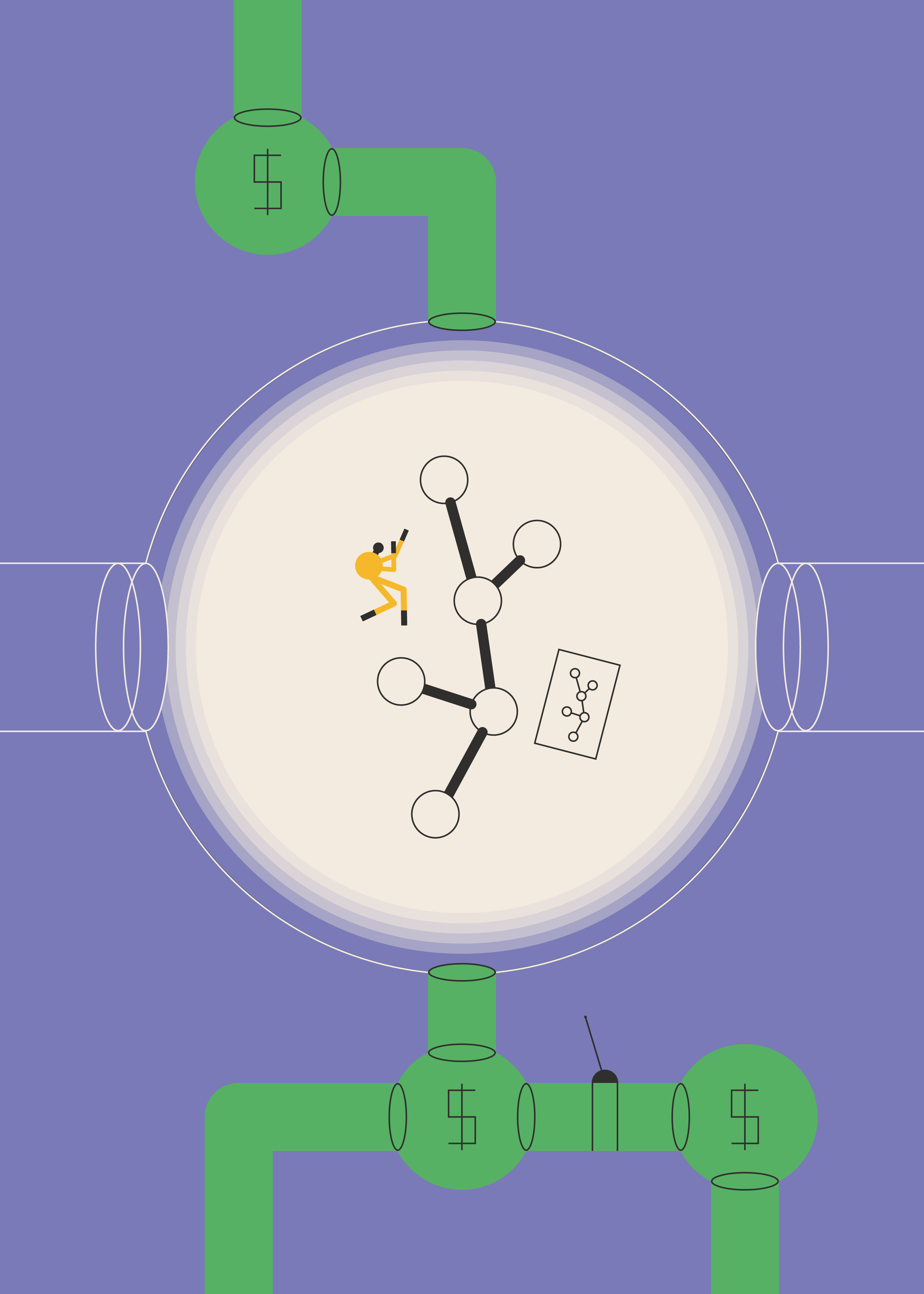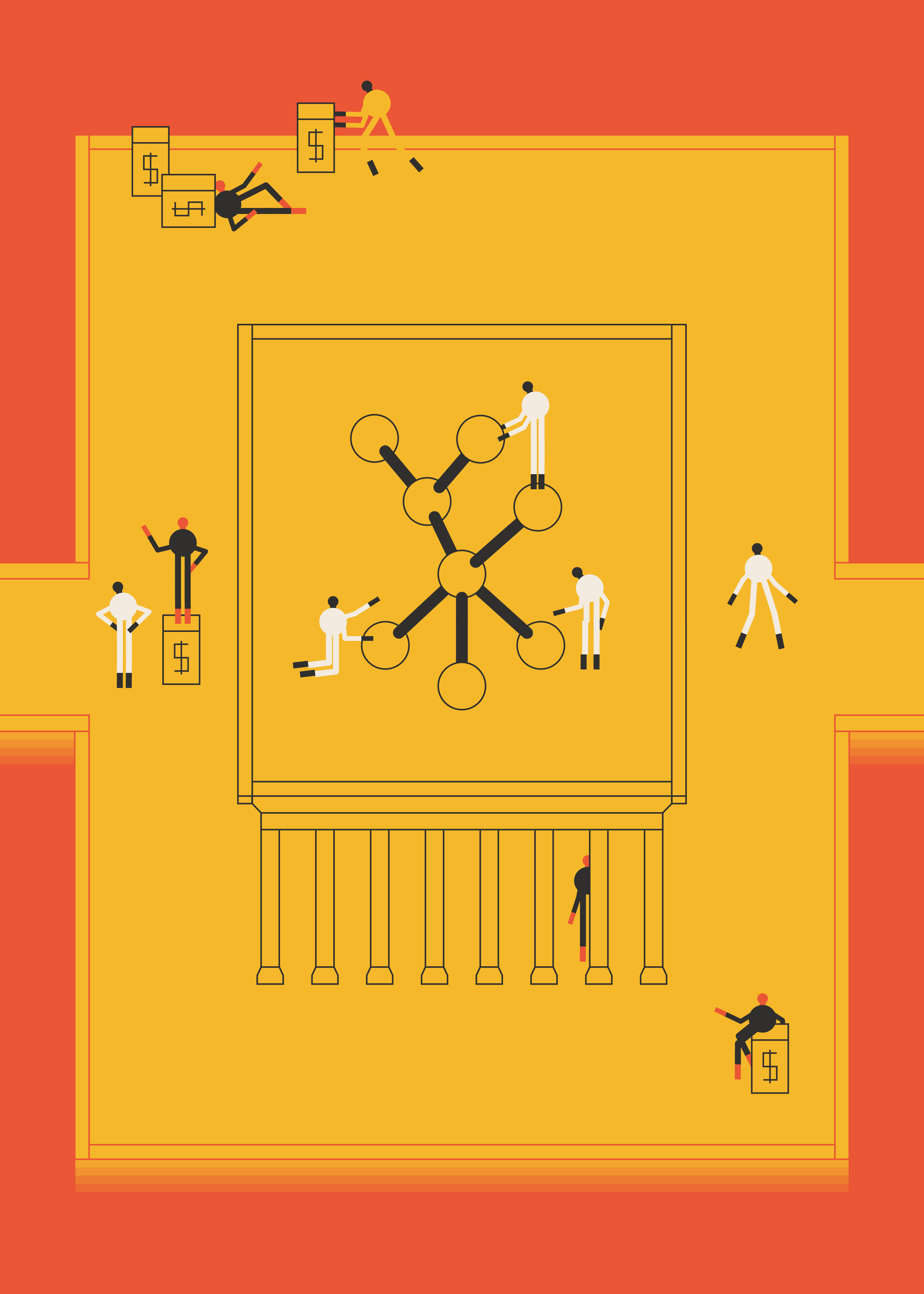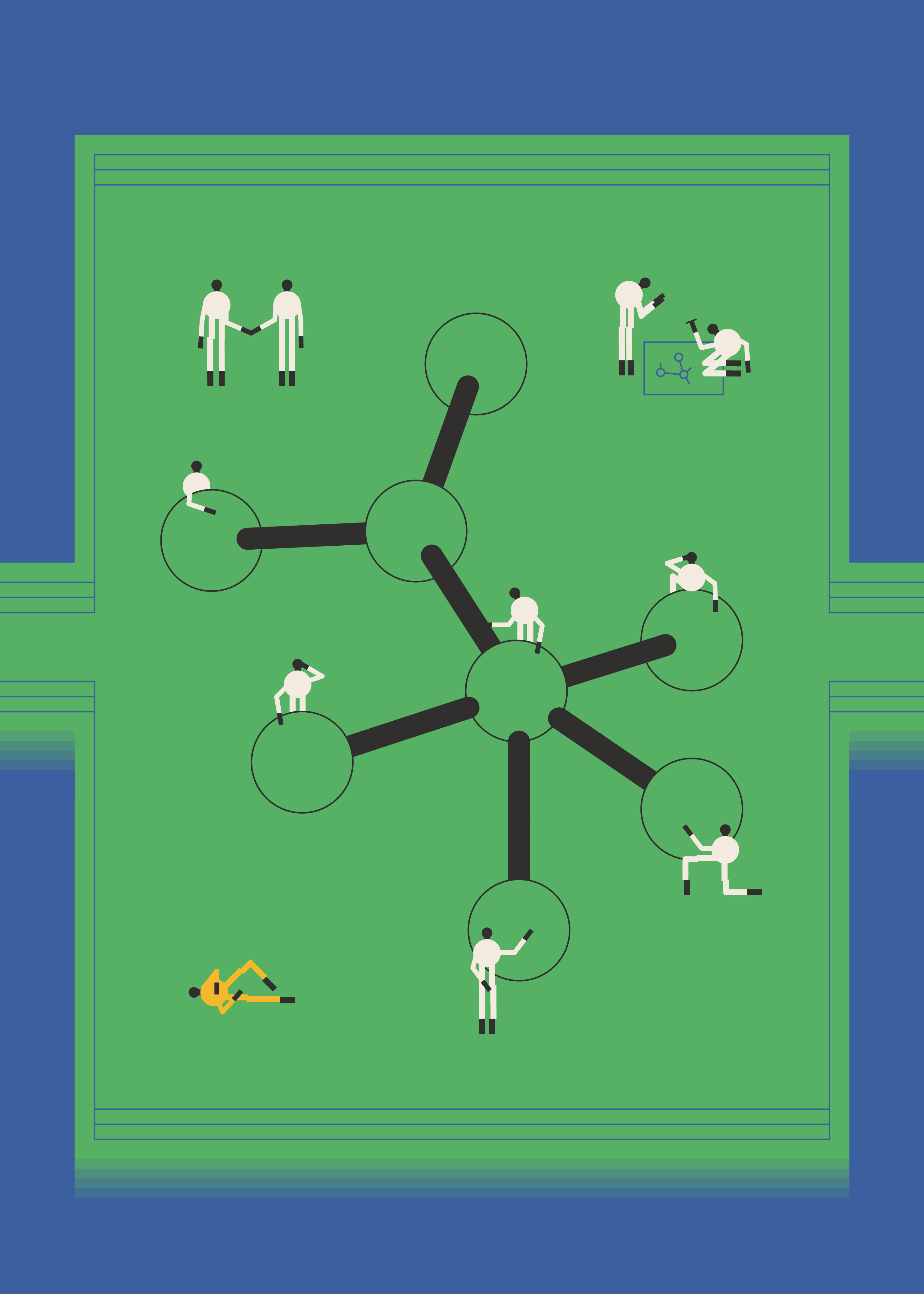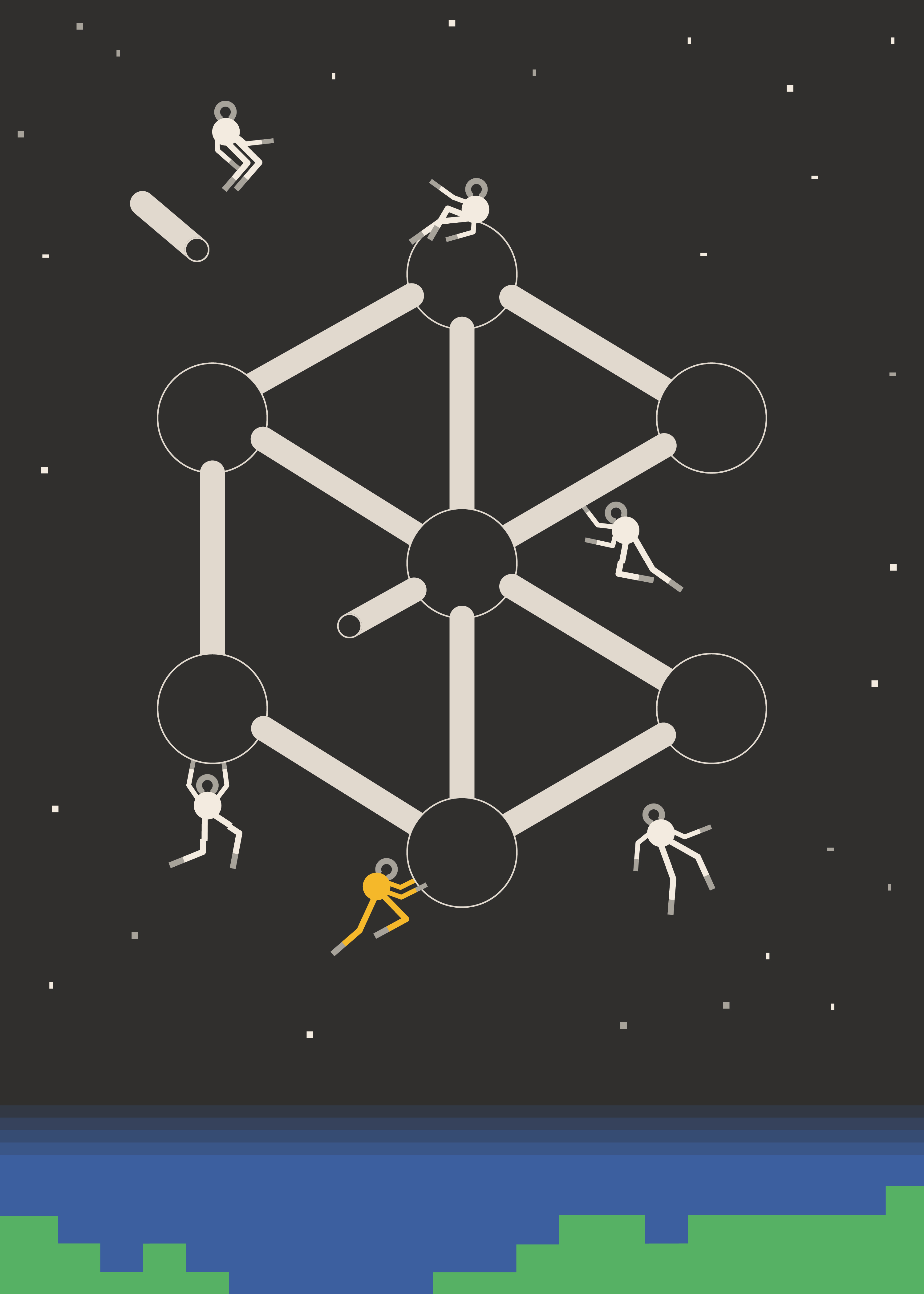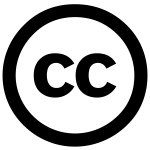Open Access
The majority of scientific journals are owned by an oligopoly of publishers that decides subscription fees. The high costs are even more problematic given that
neither the authors nor reviewers of these articles are remunerated. Digital media has made possible the emergence of an alternative mode of publishing scholarly knowledge, known as open access.

The Publishing Process
Dissemination of knowledge is the final step of the research process. This is usually done by writing a document—an article, a conference paper, a book, or a chapter in a collective work—presenting the results and placing them in context. The document is then evaluated by colleagues in the same field (peer review).
X8K5Y
Addendum to the Publishing Contract
The addendum is a legal document added to the contract between researcher and editor. It allows for the modification or addition of certain terms to the contract proposed by the publisher, while avoiding the need to renegotiate the entire publishing contract. For example, the addendum makes it possible to include provisions allowing open access to the text with which the contract is concerned. The Canadian Association of Research Libraries offers one.
Q7P5N
Gold Open Access
Gold open access makes articles available through the journal’s website. A wide range of publishers apply gold open access to all or some of the documents they publish (hybrid journals). Although certain publishers require authors to pay article processing charges or enforce an embargo, others publish the documents at no cost and without an embargo period.
T3E6N
Peer Review
The publication of scholarly articles typically involves having them evaluated by a committee of peers, whose role is to assess their content and structure, and to validate their contribution to the advancement of knowledge. Open access is not intended to modify this control mechanism. Green open access, or self-archiving, removes barriers to access while also preserving current editorial processes.
D5W8J
Institutional Mandate
An institutional mandate enables a university or research centre to incite its researchers to disseminate their publications in open-access form, typically by archiving them in the institutional repository. The website of the Registry of Open Access Repository Mandates and Policies (ROARMAP) offers an international overview of institutions that have endorsed such a mandate.
V5C3F
Self-Archiving and Green Open Access
Self-archiving consists of sending a copy of a scholarly document (reviewed or not) into an institutional repository, a disciplinary archive, or personal website. The content of the text is typically identical to the version submitted (pre-print) or published (post-print) in a scholarly journal. The vast majority of publishers allow this mode of open-access distribution, also known as green open access.
L8P5E
Copyright
Copyright emerges with the creation of a text; it does not require any registration formalities in order to exist. In Canada, the author of a scientific text can assign all or part of their copyright, provided that the assignment (which may be general or specific) is laid down in writing. For example, employment contracts can stipulate that the copyright on scientific texts go to the employer.
U9J8M
Funding Agency Mandate
Some funding agencies mandate open-access dissemination of the papers authored by the researchers they fund. This mandate is applied through either green or gold open access. Several Canadian agencies enforce within for a 12-month period following publication of the article.
H7V3R
Scientific Impact of Open Access
Given their availability, open-access articles are more visible and more often cited than publications to which access is limited. Studies have also shown the importance of open-access publications for researchers based in developing countries.
Y4W8F
Contract or Publishing License
The contract or publishing license is a legal agreement based on copyright that governs the relationship between a text’s author and a scientific publisher. Typically, publishers impose the assignment of copyright in their own favour. Thus, publishers become exclusive owners of the publication and reproduction rights, thereby limiting the author’s use of all or part of their own text.
D9W8V
Embargo (or Delayed Open Access)
A publication embargo is the period during which a scientific publisher prohibits open-access distribution of a published article. Following this embargo — which usually lasts for 12 or 24 months — some journals allow self-archiving (green open access), while others disseminate the final article in open-access form themselves (gold open access).
F8U9P
Open Science
By taking advantage of the internet’s distributive potential, open science is redefining the foundations of how scholarly knowledge is produced and disseminated. In addition to providing open access to scholarly documents, alternative writing methods are being developed—such as online collaborative writing, science blogs, as well as open peer review—through which peer-reviewers and their comments are made visible to everyone.
Y4L5T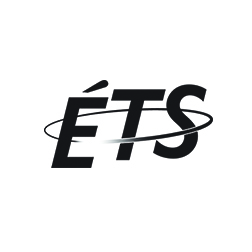
This collection on open access was developed in partnership with the École de technologie supérieure library.
ETSMTL.CA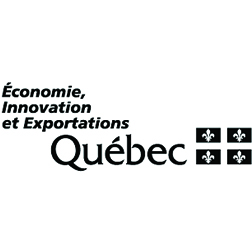
Its completion was made possible thanks to financial support from the Ministère de l’Économie, de la Science et de l’Innovation as part of the NovaScience program.
ECONOMIE.GOUV.QC.CA